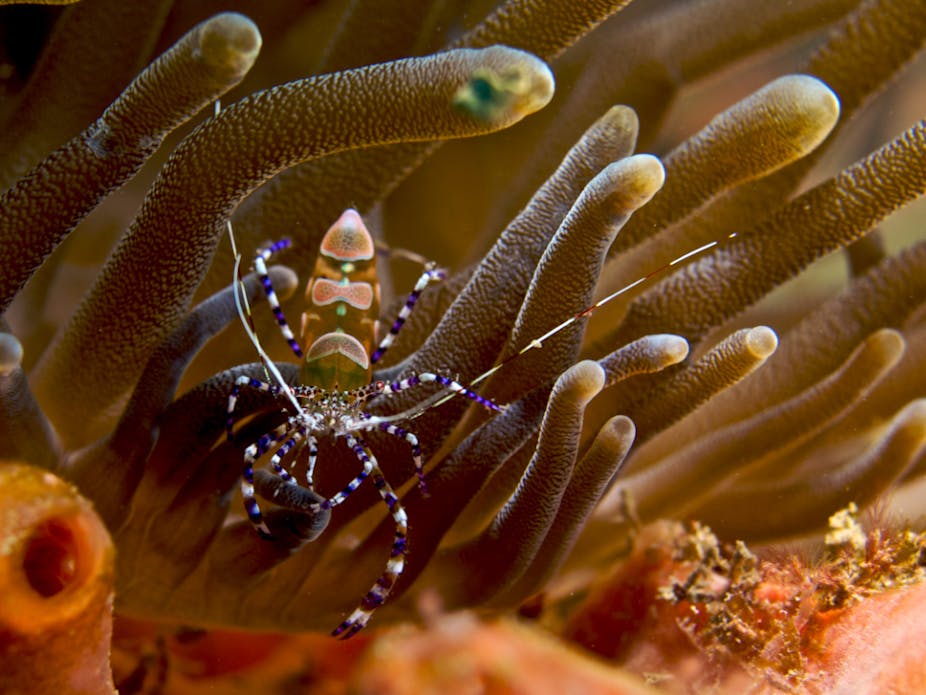Human-induced climatic changes are altering ecosystems worldwide.
Because of these ecosystem changes, the geographic range of species is shifting towards the poles or to higher elevations. The speed of these changes may exceed species’ ability to adapt or disperse, leaving many without suitable places to live and thus at an increased risk of extinction.
Indeed, some of the most species-rich areas of the globe and most valued ecosystems, such as coral reefs and mountain rainforests, may cease to exist in their current form as a result of climatic changes.
In these cases standard conservation actions such as creating conservation reserves may offer insufficient protection. Instead, species persistence may require the radical action of managed relocation.
Managed relocation of species involves moving plants or animals from an area that is, or will become, untenable because of climate change, to areas where there are more suitable climatic conditions.
The idea of moving species in the face of climate change has drawn passionate opinions from both sides of the fence.
While the debate in the scientific literature focuses on whether or not we should move species at all, the reality is that relocations are already being planned and implemented in anticipation of the risk of climatic shifts.
So while it is important that we continue to evaluate the risks and benefits of this controversial strategy it is also “essential” that we provide decision tools to facilitate good decisions for those set on relocation.

In a paper published in the journal Nature Climate Change, CSIRO, University of Queensland and United States Geological Survey researchers present a pragmatic decision framework for determining when, if ever, to move species in the face of climate change.
The framework shows that the best timing for moving species depends on many factors.
These include:
- the size of the population,
- the expected losses in the population through relocation,
- the expected numbers that the new location could be expected to support.
It would also rely on sound predictions about the impact of climate shifts on a particular species and the suitability of areas to which they can move.
This can be difficult, as for many species we just don’t have this sort of detailed information.
Monitoring and learning about how potentially climate change-affected plants and animals function in their “native” ecosystems will play a crucial role in ensuring that managed relocation plans succeed.
Active adaptive management, or learning the best management actions to take whilst actively managing, is important when we are unsure of what the climatic changes are likely to be in the current habitat.
The framework provides managers with a rational basis for making timely decisions under uncertainty to enhance species persistence in the long-term.
Without relocating species, we are likely to lose some of our most important and iconic wildlife, but we also need viable ecosystems into which we can move species.
Managed relocation is not a quick fix.
It will be used in some specific circumstances for species that we really care about, but it will not be a saviour for all biodiversity in the face of climate change.

